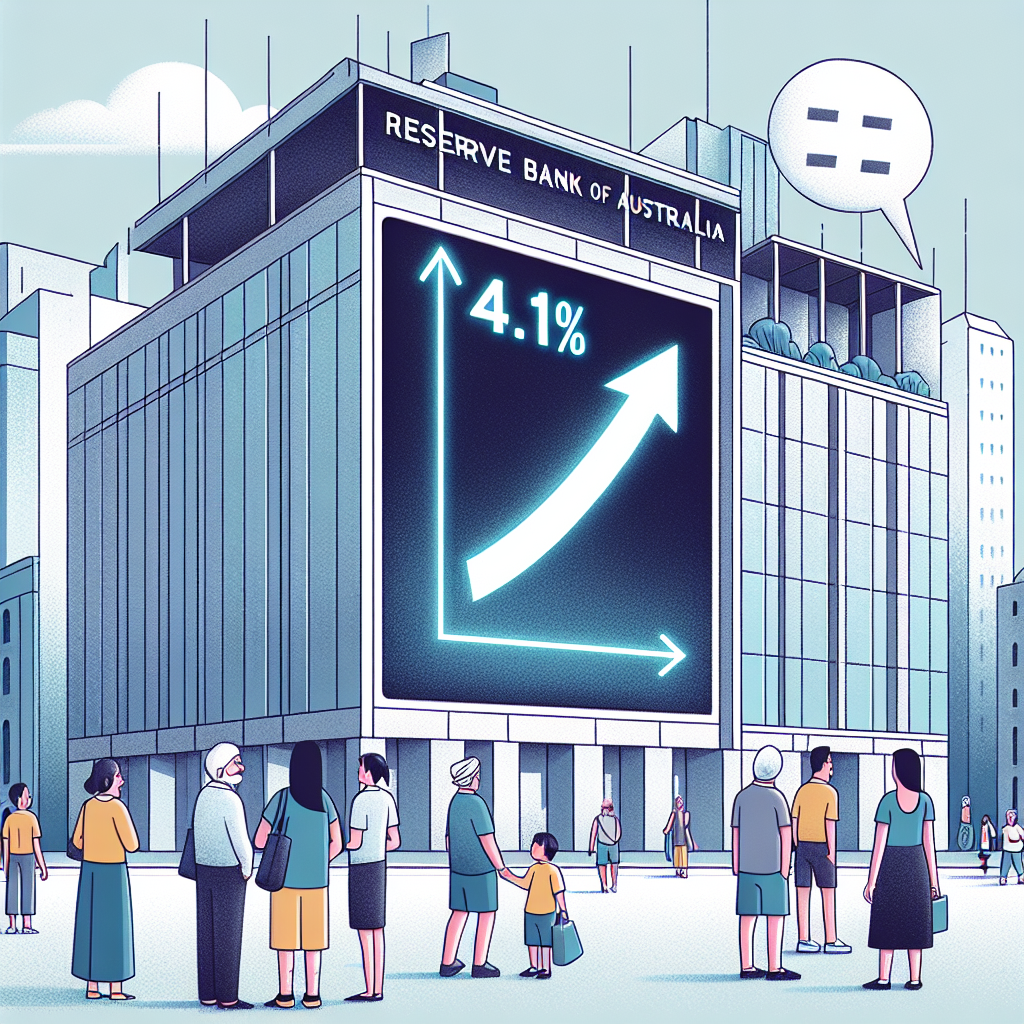The Reserve Bank of Australia (RBA) announced a 25 basis points cut to 4.1% on Tuesday (February 18). However, the central bank also warned that the risks of upward inflation still exist, leading to a cautious approach towards further easing policies.
According to Reuters, this is the first rate cut by the Australian central bank since November 2020. Back then, the central bank lowered the key interest rate to historic lows in response to the economic impact of the COVID-19 pandemic.
The rate cut will provide some relief to borrowers and could be seen as positive news for Prime Minister Anthony Albanese, who is facing an upcoming election no later than May 17. Market predictions suggest he might use this opportunity to announce an early election to garner more support.
The market had already anticipated this rate cut as core inflation dropped to 3.2% in the fourth quarter of last year, below expectations. Despite this, the likelihood of a further rate cut in April is estimated at only 18%, yet expectations for a cut in May remain higher.
In a statement, the RBA said, “Although this decision reflects welcome progress on inflation, the Board remains cautious about further easing of policy.” The central bank emphasized that due to the strong labor market, inflation still faces upward risks.
RBA Governor Michele Bullock stated in a press conference, “Today’s rate cut does not signify a series of expected consecutive cuts in the future.”
She even went on to say that the market’s expectations of two or more rate cuts this year are “unrealistic.” She mentioned that the central bank needs more data to confirm if inflation continues to decline before considering further policy adjustments.
Following this news, the Australian dollar slightly dropped by 0.1% to 0.6352 US dollars, and Australia’s three-year government bond futures fell by 5 basis points.
The RBA had hinted at a possible rate cut back in December, but also warned that if monetary policy loosens too quickly or too early, it could lead to an inflation rebound.
Compared to major central banks worldwide, the pace of rate cuts by the RBA has been relatively slow. In contrast, the Federal Reserve appears to still be holding off on easing policies, and neighboring New Zealand is expected to announce a 50 basis points rate cut on Wednesday.
While Australia’s inflation uptick came later, recent data shows overall inflation dropped to 2.4% in the fourth quarter of last year, returning to the RBA’s target range of 2%-3%, with core inflation dropping from 3.6% to 3.2% and expected to further decrease to 2.7% by June and remain there until mid-2027.
Gareth Aird, Chief Economist at the Commonwealth Bank of Australia, analyzed, “This rate cut seems more like alleviating economic pressures rather than aggressively driving economic growth.”
He mentioned that with the unemployment rate still low, the central bank can cautiously adjust rates, and the possibility of another rate cut in April cannot be ruled out if the labor market deteriorates.
Australia’s unemployment rate hovered around 4% in December, expected to increase slightly to 4.2% soon. However, the economy has not shown urgent signs that continuous rate cuts are necessary due to tax cuts boosting consumer spending and growing public expenditure.
This rate cut is seen as positive news for the Australian housing market. While property prices have slightly dropped from historic highs in recent months, housing affordability remains a pressing issue and a significant political challenge for Prime Minister Albanese.
The “Big Four Banks” in Australia – Commonwealth Bank of Australia, ANZ, Westpac, and NAB – have all synchronized in reducing lending rates by 25 basis points, providing some relief to mortgage holders.
Australian Treasurer Jim Chalmers stated that this rate cut is a “welcome move” that will help improve people’s livelihoods. He mentioned in a press conference, “This is the soft landing we have been planning and preparing for, but there is still much work to be done.”
Abhijit Surya, Senior Asia-Pacific Economist at Capital Economics in London, predicted that the RBA could cut rates at most two more times in this easing cycle.
He said, “Considering the RBA’s expectations of a revival in household consumption and overall economic activity, it implies inflation might face some upward pressure in the medium term.”
While the RBA has started to cut rates, its easing pace remains cautious, and any further rate cuts will depend on the latest data on inflation and the labor market.

